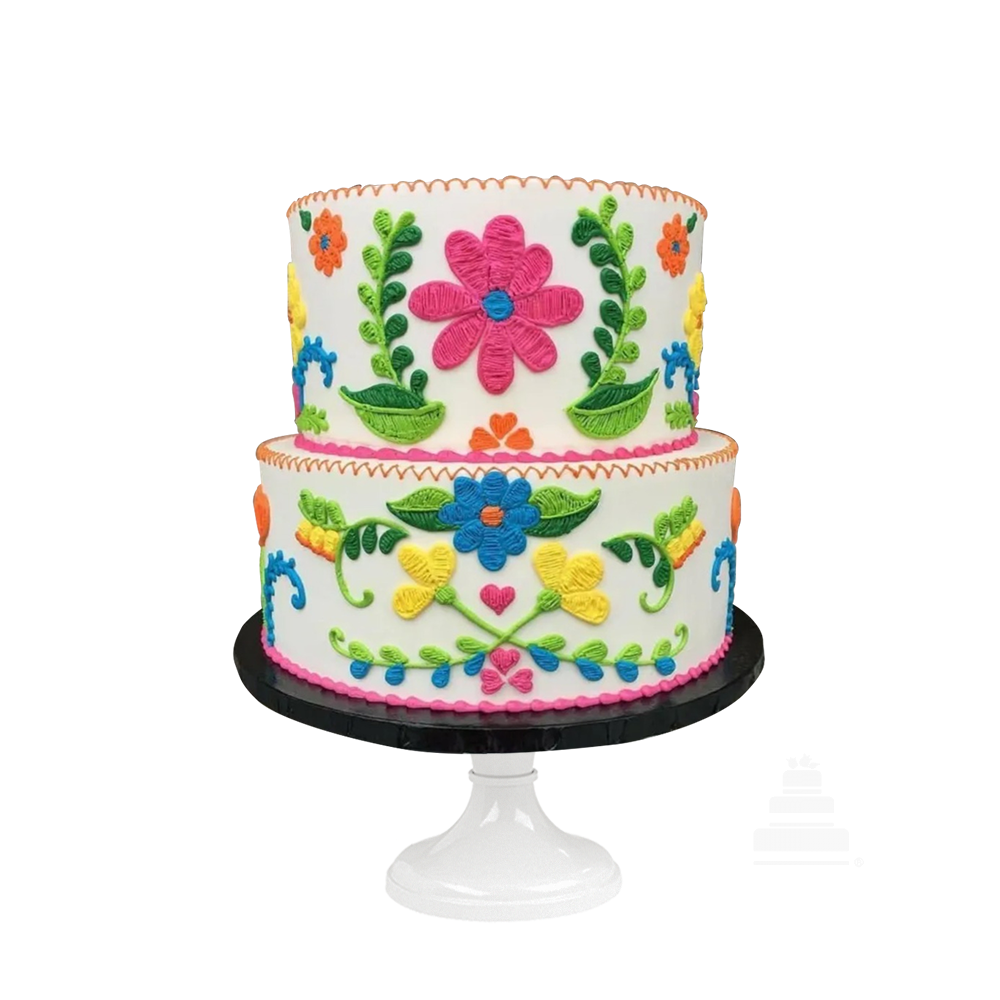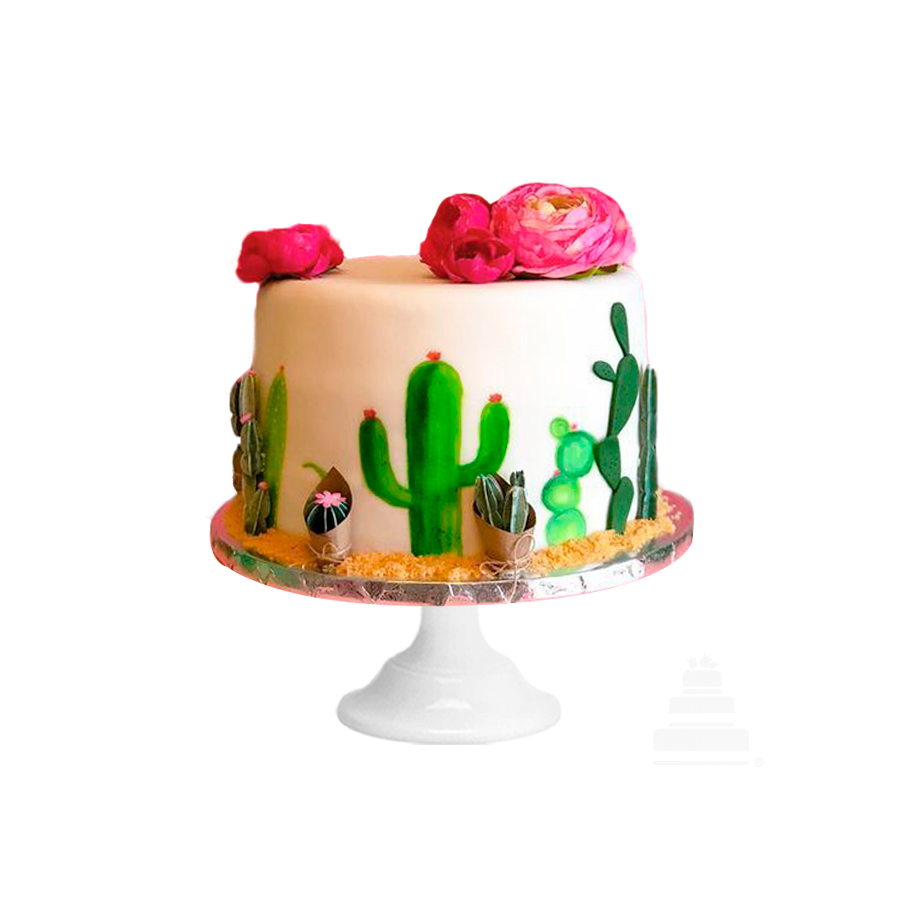Welcome to the delicious world of pasteles decorados mexicanos! These beautiful cakes are more than just desserts; they are vibrant pieces of art that bring joy to celebrations in Mexico and beyond. In this article, we will delve into the history, craftsmanship, and the cultural significance of these cakes. We’ll also share tips, personal experiences, and a wealth of resources to help you explore this delightful culinary tradition.
The Rich History of Pasteles Decorados Mexicanos
The tradition of cake decorating in Mexico has deep roots. From the ancient civilizations that used honey and cornmeal to modern bakers who employ intricate icing techniques, the evolution of these cakes reflects the rich tapestry of Mexican culture.
Origins of Mexican Cakes
Historically, cakes in Mexico were simple cornbread or sweet breads. It wasn’t until the Spanish colonization that sugar and more elaborate baking methods arrived. This blending of cultures paved the way for the colorful and intricately decorated cakes we know today.
Significance in Celebrations
Pasteles decorados are typically present in major celebrations such as birthdays, weddings, and religious events. Each cake is often adorned with symbolic decorations representing the occasion, making them an important part of Mexican festive traditions.
Crafting the Perfect Pastel Decorado
Creating a pastel decorado is both an art and a science. Below, we will break down the key components of these cakes, including popular types, decorating techniques, and essential ingredients.
Types of Pasteles Decorados
Here are some popular types of Mexican decorated cakes:
| Type | Flavor | Occasions |
|---|---|---|
| Pastel de tres leches | Sweet, milky | Birthdays, weddings |
| Pastel de chocolate | Rich chocolate | Children’s parties |
| Pastel de fresa | Strawberry | Anniversaries |

Essential Ingredients and Techniques
The fundamental ingredients generally include:
- Flour
- Sugar
- Butter
- Eggs
- Milk
Common techniques involve:
- Layering: Creating multiple layers of cake with various fillings.
- Icing: Covering the cake with buttercream or fondant.
- Decorating: Using edible colors, flowers, and intricate piping techniques.
Personal Experience: Creating My First Pastel Decorado
As someone who loves baking, I recall the excitement of creating my first pastel decorado for a friend’s birthday. I chose a pastel de tres leches, which is known for its rich flavor and moist texture. Following online tutorials, I layered the cake and decorated it with fresh strawberries and whipped cream. Though my first attempt was far from perfect, the joy on my friend’s face made it all worthwhile.

Tips for Beginners
If you’re new to cake decorating, here are some tips I wish I had known:
- Start with simple designs and gradually try more complex ones.
- Invest in quality tools, such as spatulas and piping bags.
- Practice makes perfect! Don’t be discouraged by initial failures.
Common Techniques in Cake Decoration
Decorating a pastel decorado can seem intimidating, but understanding the common techniques can build your confidence.

Buttercream Icing
Buttercream icing is versatile and delicious, making it a popular choice for cake decorating. It’s easy to color and can be piped into various shapes.
Fondant Decoration
Fondant gives cakes a smooth finish and can be molded into intricate designs. While it requires more skill, the results can be stunning.

Piping Techniques
Piping is a method of decorating using a pastry bag. It’s perfect for creating borders, flowers, and other decorative elements.
Pros and Cons of Each Technique
| Technique | Pros | Cons |
|---|---|---|
| Buttercream | Easy to work with, delicious | Can melt in heat |
| Fondant | Smooth finish, versatile | Can be overly sweet, requires practice |
| Piping | Detailed designs, customizable | Requires skill, can take time |

Popular Decoration Themes for Pasteles Decorados
Themes can greatly influence the design of a pastel decorado. Here are some ideas:
Children’s Birthday Themes
Popular themes include superheroes, animals, and favorite cartoon characters. These playful designs often feature bright colors and fun decorations.

Weddings and Anniversaries
Elegant floral designs and sophisticated color palettes are typical for weddings. Cakes in this category often have tiers and intricate details.
Religious Events
For events such as baptisms or first communions, cakes may incorporate religious symbols, making them meaningful and special.

Finding the Right Baker for Your Pastel Decorado
Whether you choose to bake your own cake or order one, finding the right baker can make all the difference. Here’s what to consider:
Researching Local Bakers
Consider checking online reviews or visiting bakeries to sample their cakes. The right baker will understand your vision and bring it to life.
Cost Considerations
Prices for decorated cakes can vary significantly based on the complexity of the design and the ingredients used. Be sure to set a budget and communicate openly with your baker.
Common FAQs About Pasteles Decorados Mexicanos
- What are the most common flavors for pasteles decorados?
- Some popular flavors include tres leches, chocolate, vanilla, and fruit-flavored cakes like strawberry.
- How are pasteles decorados different from regular cakes?
- Pasteles decorados are specifically designed to be visually stunning, often featuring elaborate decorations, themes, and vibrant colors that cater to specific occasions.
- Can I make a pastel decorado at home?
- Absolutely! With the right ingredients and techniques, anyone can create a beautiful pastel decorado at home. There are numerous resources available to help beginners.
- How do I store my decorated cake?
- Store your pastel decorado in a cool place, ideally in the refrigerator. Ensure it is covered to prevent it from drying out or absorbing smells.